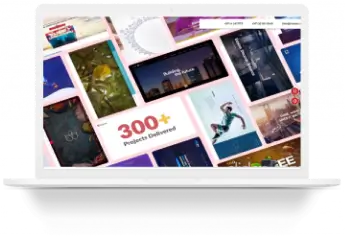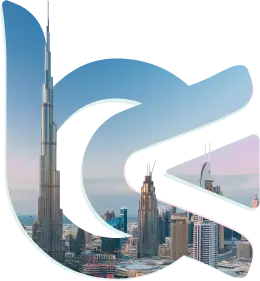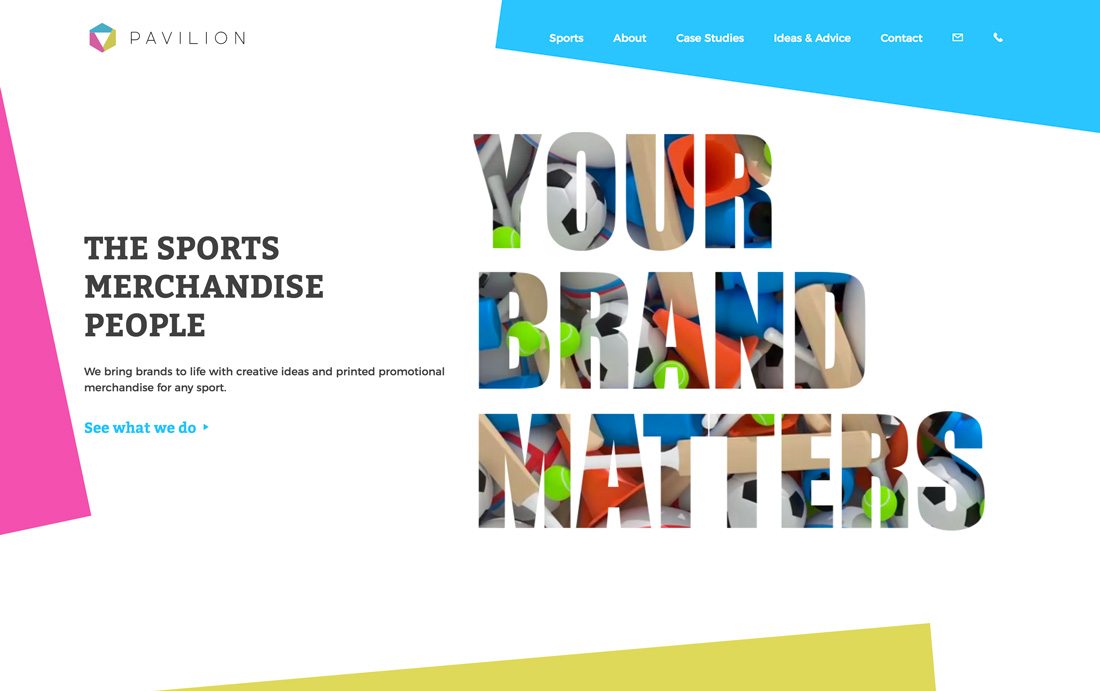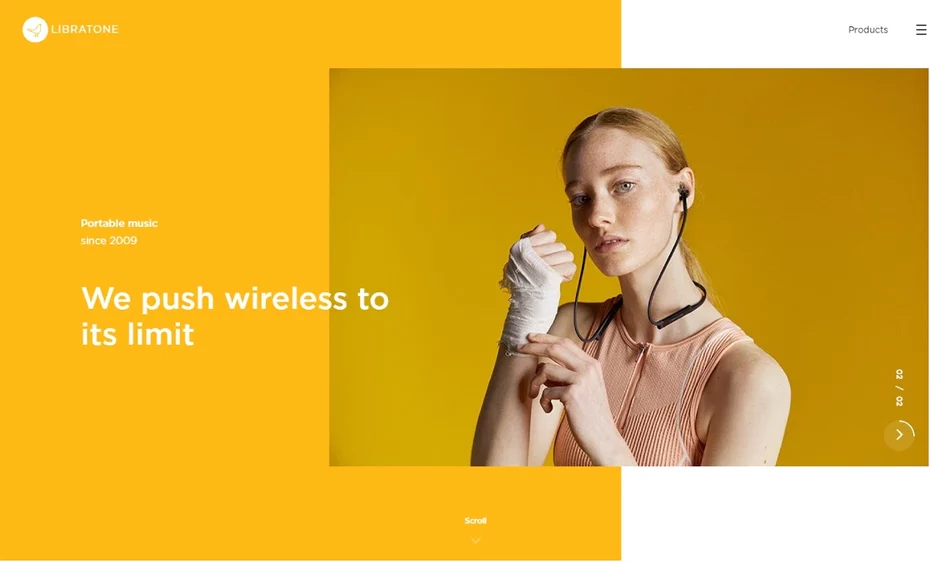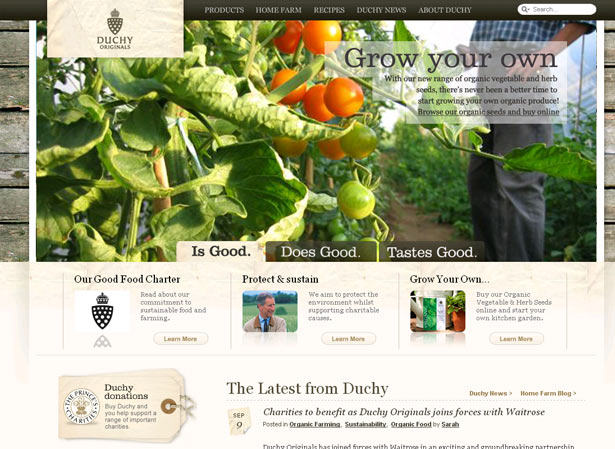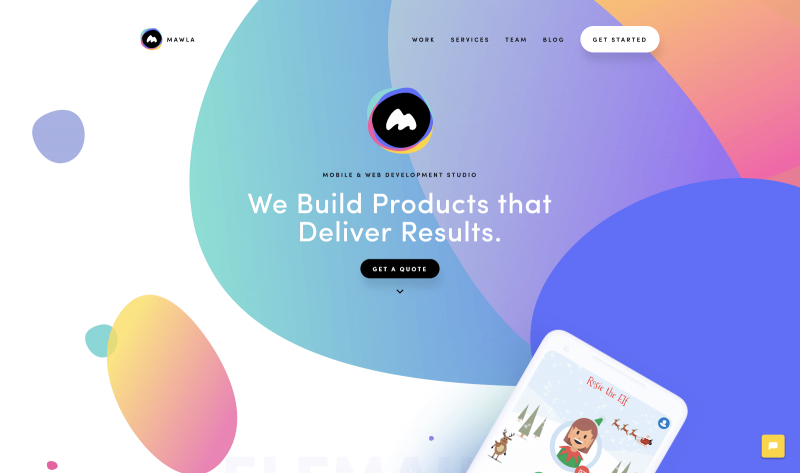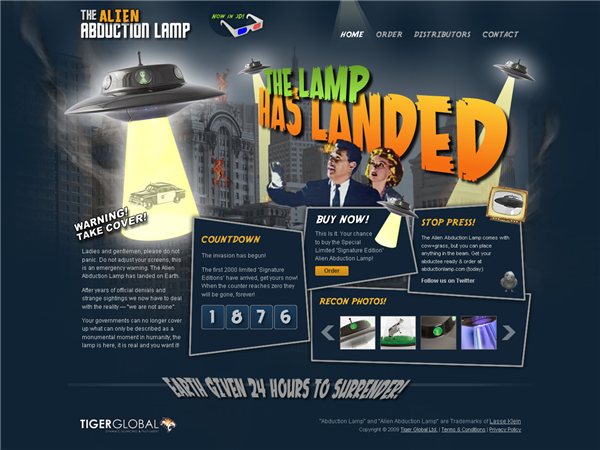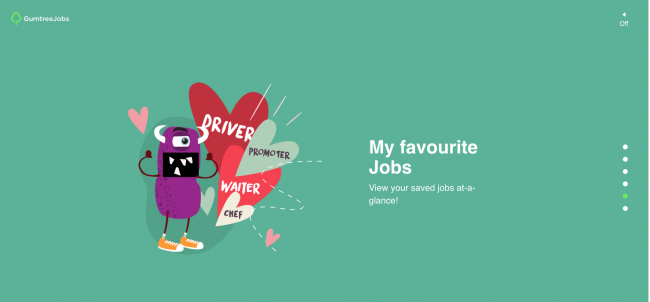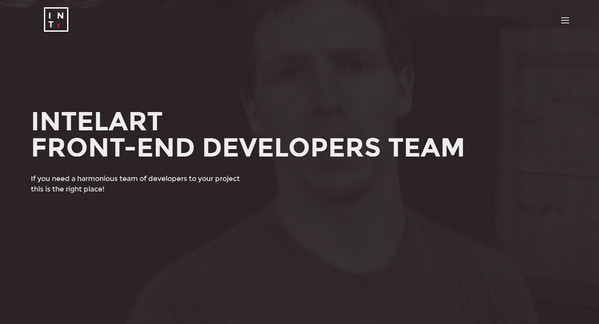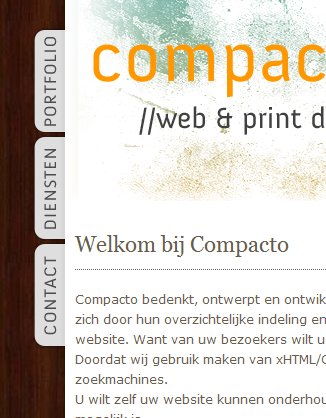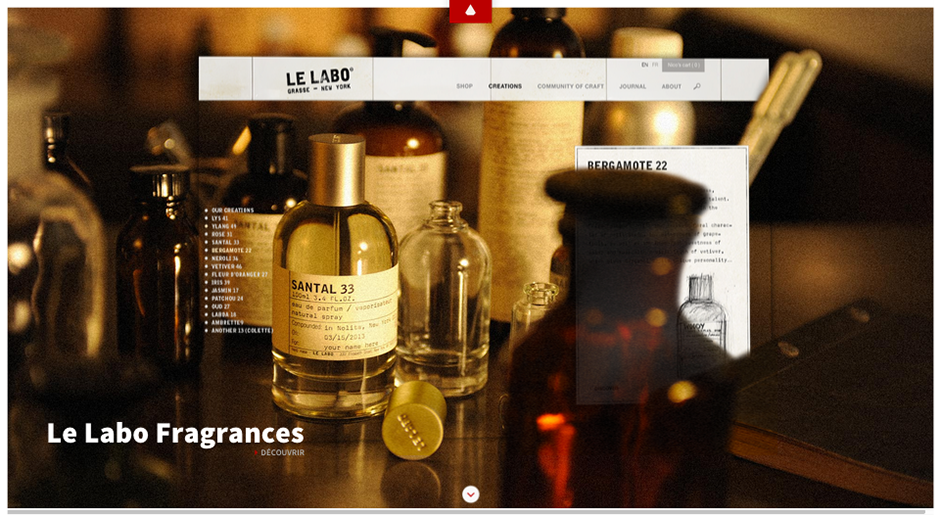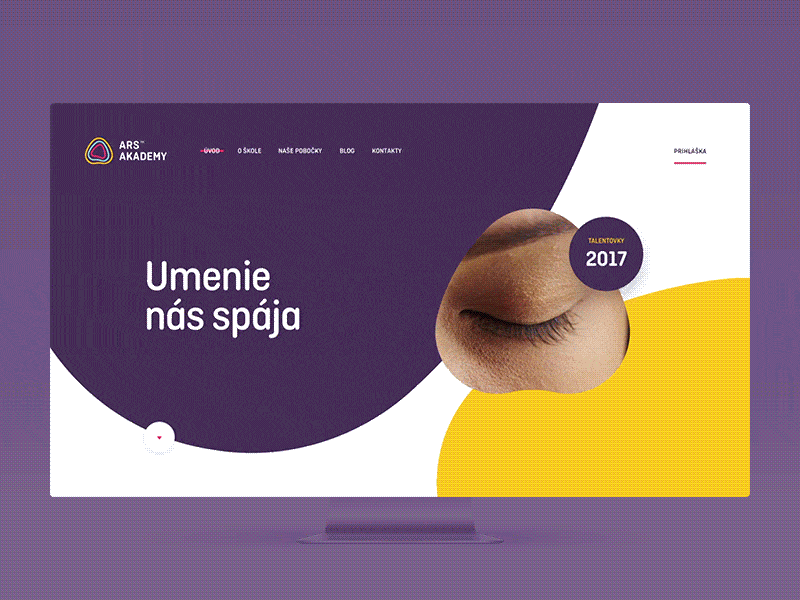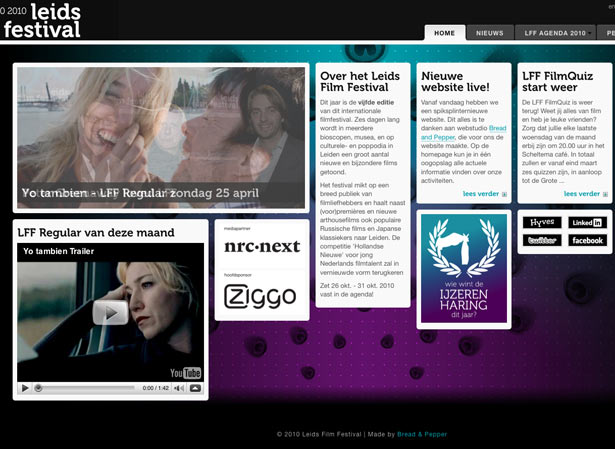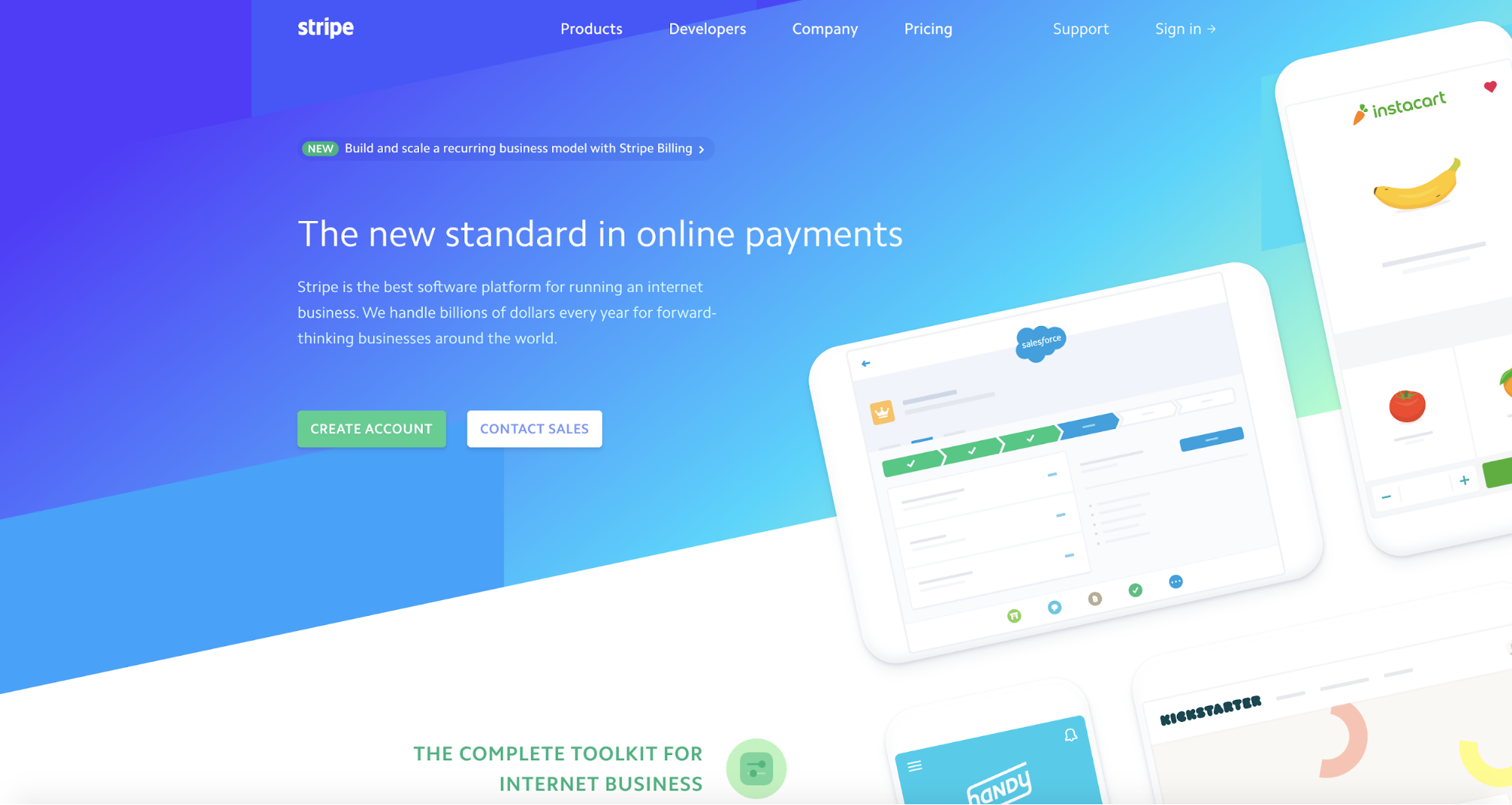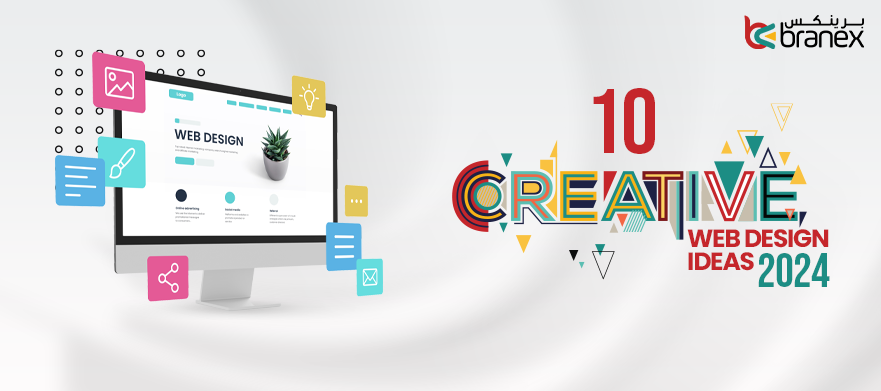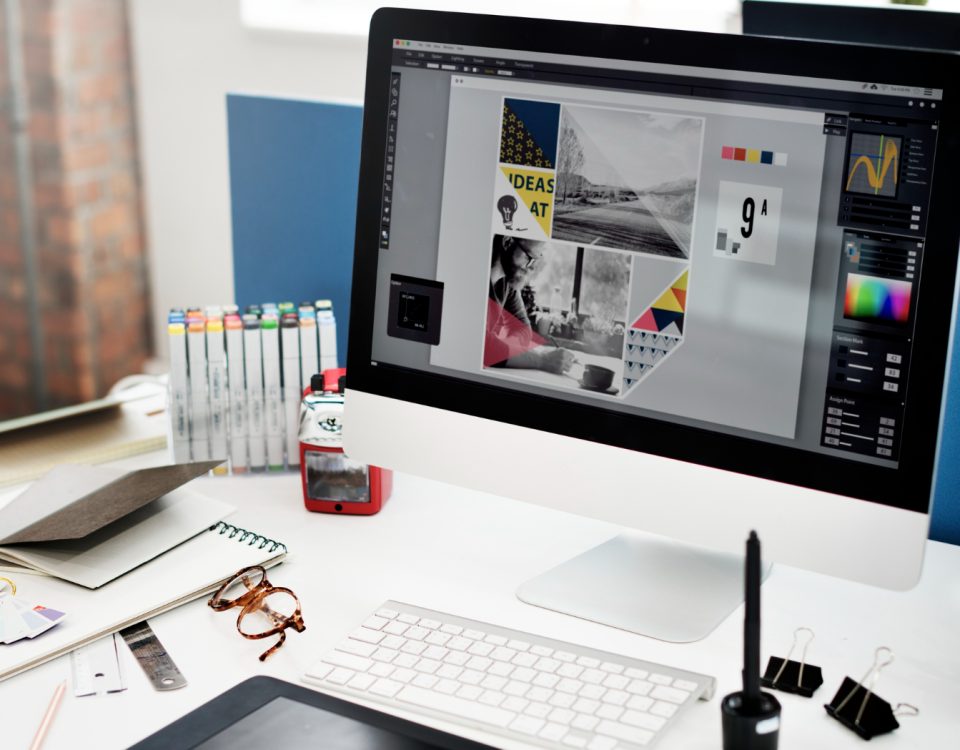
5 Incredible Business Ideas in Dubai to Start on a Shoestring Budget
January 25, 2019
How to Create Great App Screenshots that Drive Maximum Conversions for Your Next Mobile App
February 6, 2019#10 Year Challenge – The Evolution of Web Design From 2009 to 2019
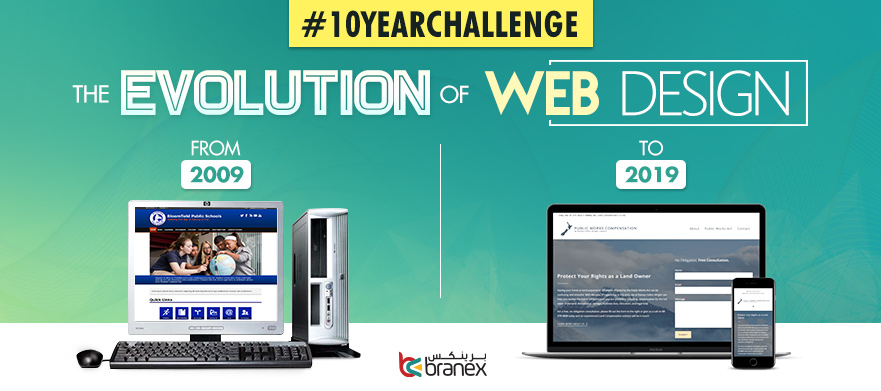
If you use social media, you have definitely noticed the new social media craze #10YearChallenge that is taking the internet by storm. It is a new hashtag trend that is sweeping across everyone’s Instagram, Facebook, Snapchat and Twitter feed. Participating in this challenge is quite easy, all you have to do is share your picture from a decade ago and one from 2019.
Inspired by this viral sensation, we thought to jump in on an interesting #WebDesign10YearChallenge and decided to compare how web design trends have changed significantly in the past decade. Let’s check out what design elements and technologies have been used in the past decade and what tools, trends, design concepts, and development techniques designers are now leveraging to create sleek and modern websites.
Let’s delve into them.
Table of Contents
Typography
Now (2019)
As technology advances and coding becomes more sophisticated, it has made it easier for designers to tinker around with typography. There are many websites that are adding animations to typography to enhance the user experience. Designers are opting for less elaborate typefaces and blending them with bold colors, gradients, and customizations to create fonts that stand out.
Animated typography, serifs, undersized typography, stacked text blocks, cutouts and overlays, and text with gradients are a few typography trends that designers are using these days to enhancereadability and better the overall look of the website.
Related: 10 Aesthetically Stellar Homepage Design Examples for Your Inspiration
Then (2009)
In 2009, sans-serif, Georgia, Helvetica, Verdana, Arial and Lucida Grande fonts were the rage. However, serif fonts were also used by some ahead-of-their-time designers, as they improve visibility and make letterforms easier to recognize.
Shapes and Design Elements
Now (2019)
Shapes are the strongest design elements that are used to make them visually attractive and interesting. Nowadays, web designers are experimenting with straight and curved lines and fluid shapes to create organic design elements. Many websites are featuring organic shapes and fluid designs on their websites as they are user-friendly and ultra-adaptable. Organic shapes are uneven and irregular that are emotionally and aesthetically pleasing and take your website from average to exceptional.
Related: Spruce Up Your Brand Identity Collateral with These Pro Design Tips
Then (2009)
In the past, super strict grid layouts with sharp edges have used to give shape to website design.
Navigation
Now (2019)
Since navigation is the most important yet hardest design element that can create a significant impact on the visitors’ first impression. These days, designers are investing their efforts in creating functional and aesthetically appealing navigation menus to make it easier for users to find what they are looking for. Rather than using large navigation in all four corners, now web designers are using small and concise navigation menus while making it a focal point of websites. Today, hamburger menus, thumb-friendly navigation, sticky navigation bars, mega menus, hidden menus, responsive subnav menus, all-caps corner links, and single dot navigation are all the rage.
Related: How Breadcrumbs Navigation can Smarten up your Website User Experience?
Then (2009)
The design of navigation menu is the most important feature that can sustain the users’ interest for long and guide them through the site to find the product or service they are looking for. Ten years ago, the trend of 3D navigation, vertical tabs, Mac-style navigation, block navigation, and icons in navigation have been used by many leading websites.
Scrolling Effect
Now (2019)
Web designers are experimenting with scrolling techniques to create a stellar user experience. Instead of using vertical scrolling, more and more websites are using horizontal scrolling to capture the attention of website visitors. In addition, designers are also using animations, hovers, and chimes to make the scrolling more engaging and web pages smarter and more intuitive. Parallax scrolling has now become the cutting-edge web design trend for 2019 which utilizes multiple backgrounds that move at different speeds to create a 3D effect. It provides a unique and interesting user experience.
Related: Web Design Hacks You Should Use in 2019
Then (2009)
In the past, web designers crafted websites that involved no scrolling at all. At that time, designers avoided creating websites that entailed endless scrolling to view the full page. Web design agencies used to design the main page in a way that would fit perfectly into a browser window, which required no scrolling. The use of slideshows and tabbed navigation in the sidebar was a common technique to achieve the single-page website.
Colors
Now (2019)
Since color is a central ingredient of website design, graphic designers are utilizing the most up-and-coming technologies to create richer colors with more vibrant shades and saturation levels to provide aesthetically pleasing websites. Today, more and more websites are using vibrant color schemes and electric hues to create an outstanding visual experience. Furthermore, designers are also experimenting with gradients to make vibrant UI, backgrounds, illustrations, and overlays.
Related: The Science of Using Colors in Branding
Then (2009)
2009 was all about screaming colors, glossiness, and backgrounds that resembled rainbows. Designers started to experiment with textures to introduce a fun element in their designs. As opposed to the monochrome inclinations of today, 2009 was all about using as many colors as possible in design.
To Conclude it All
Web design has transformed dramatically over the past 10 years. With the advent of latest technologies, it has become easier for web design agencies to design and develop websites that offer seamless UX. Your business can take advantage of cutting-edge technologies and reap the maximum benefits. So, it is the right time to launch or revamp your business website and improve your bottom line.






